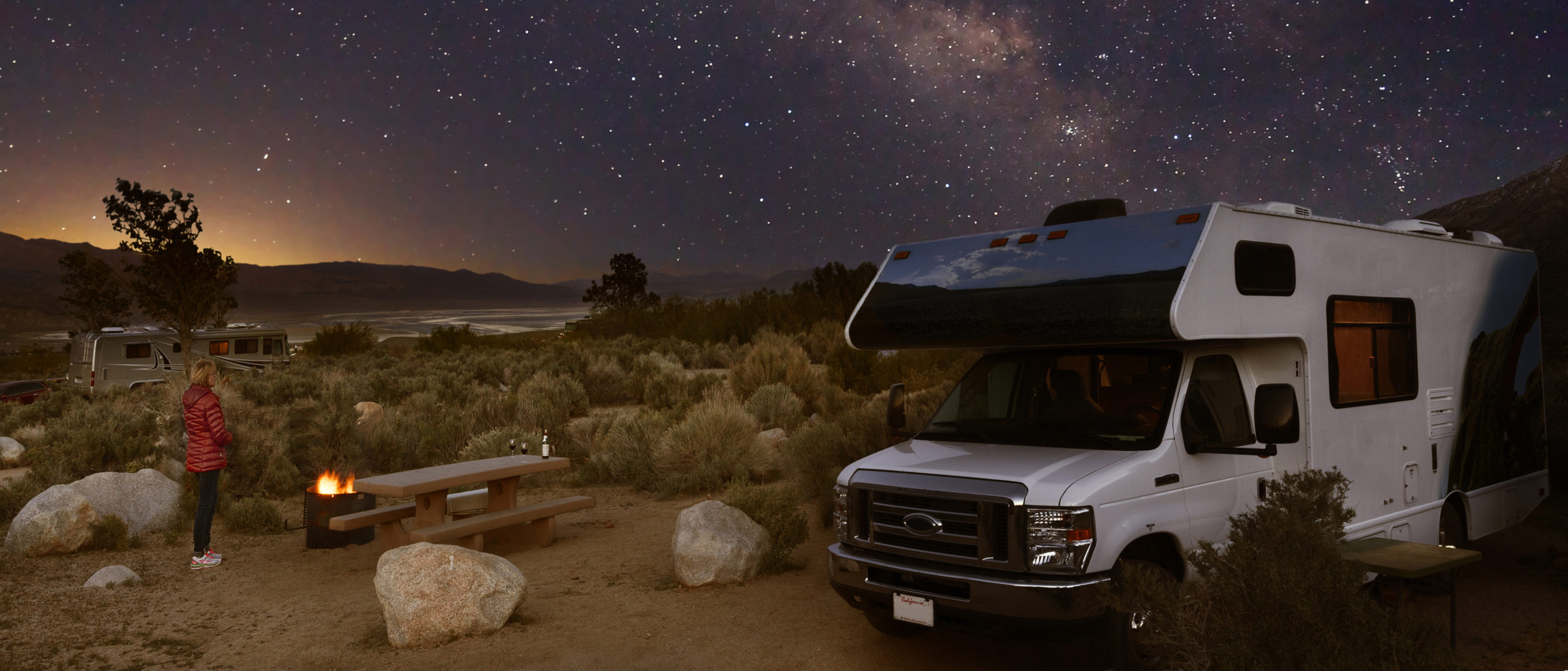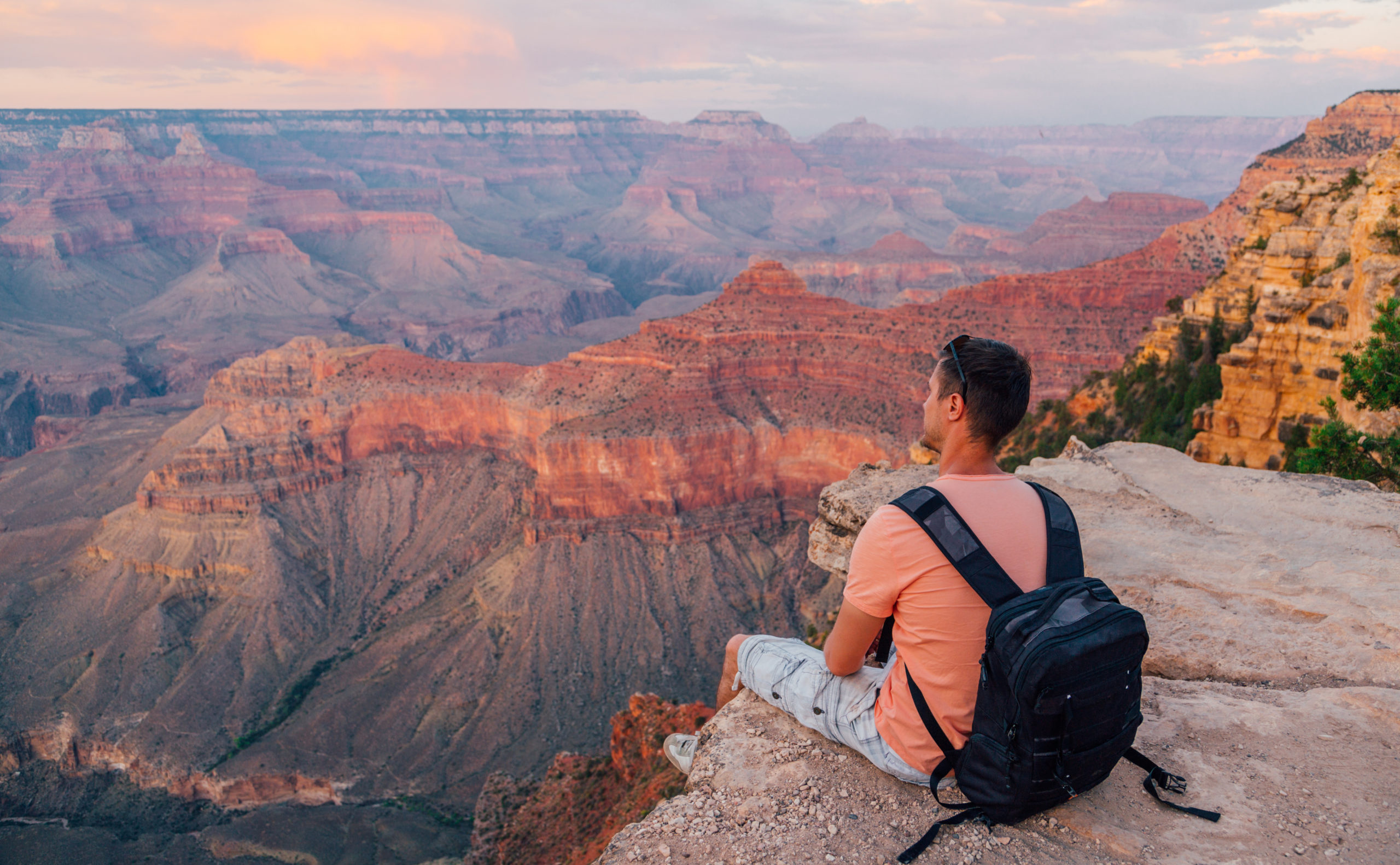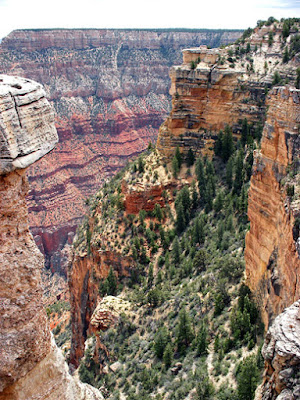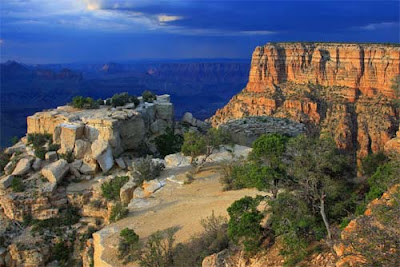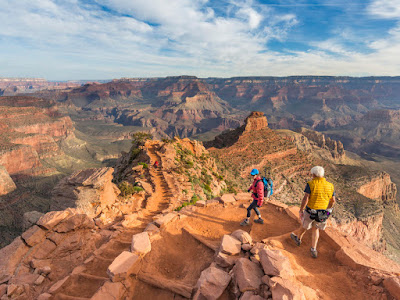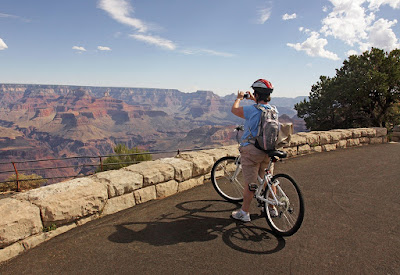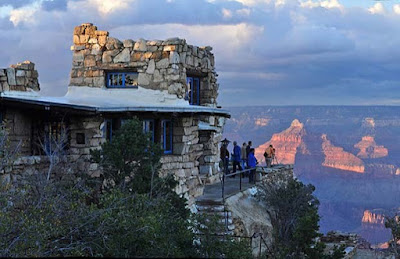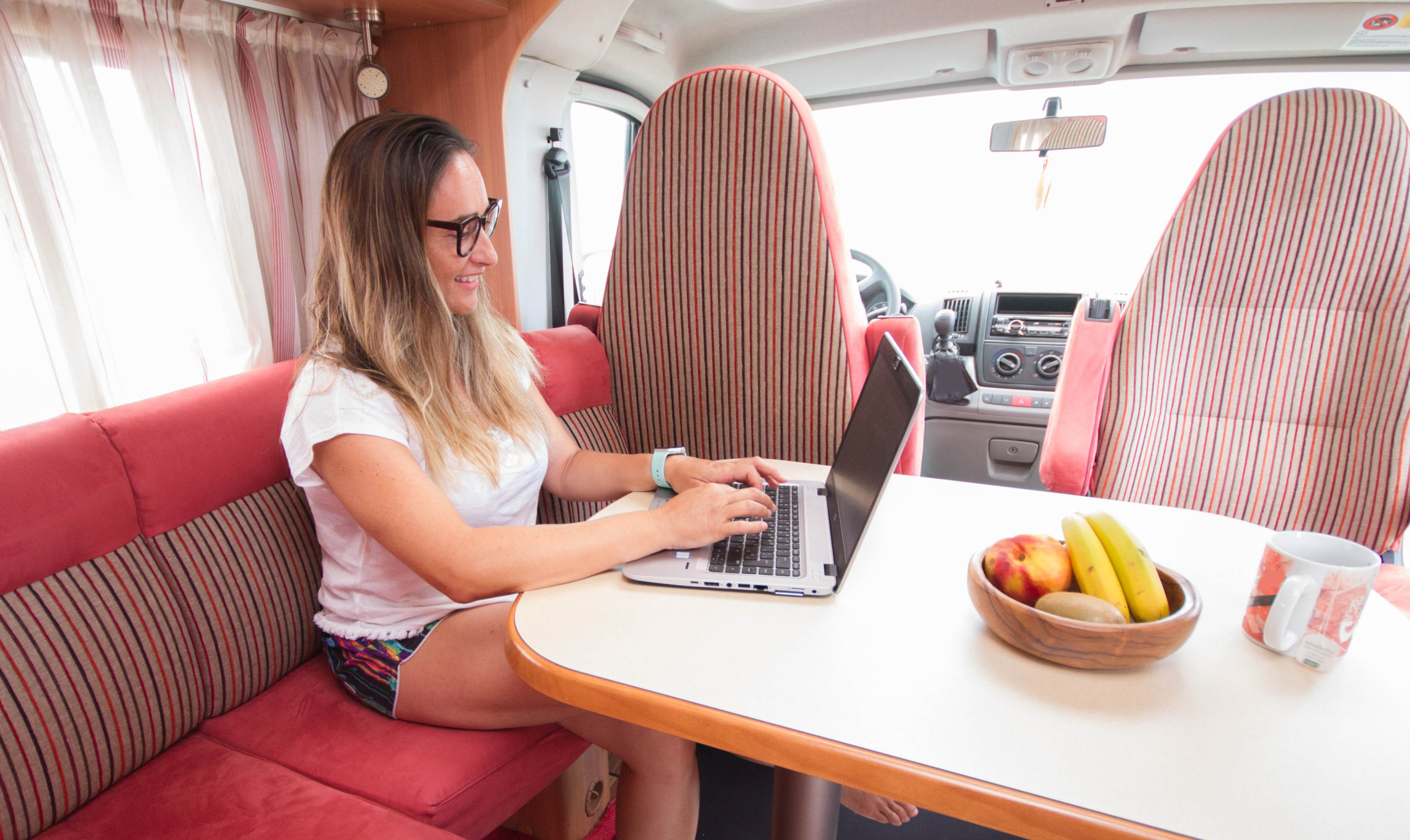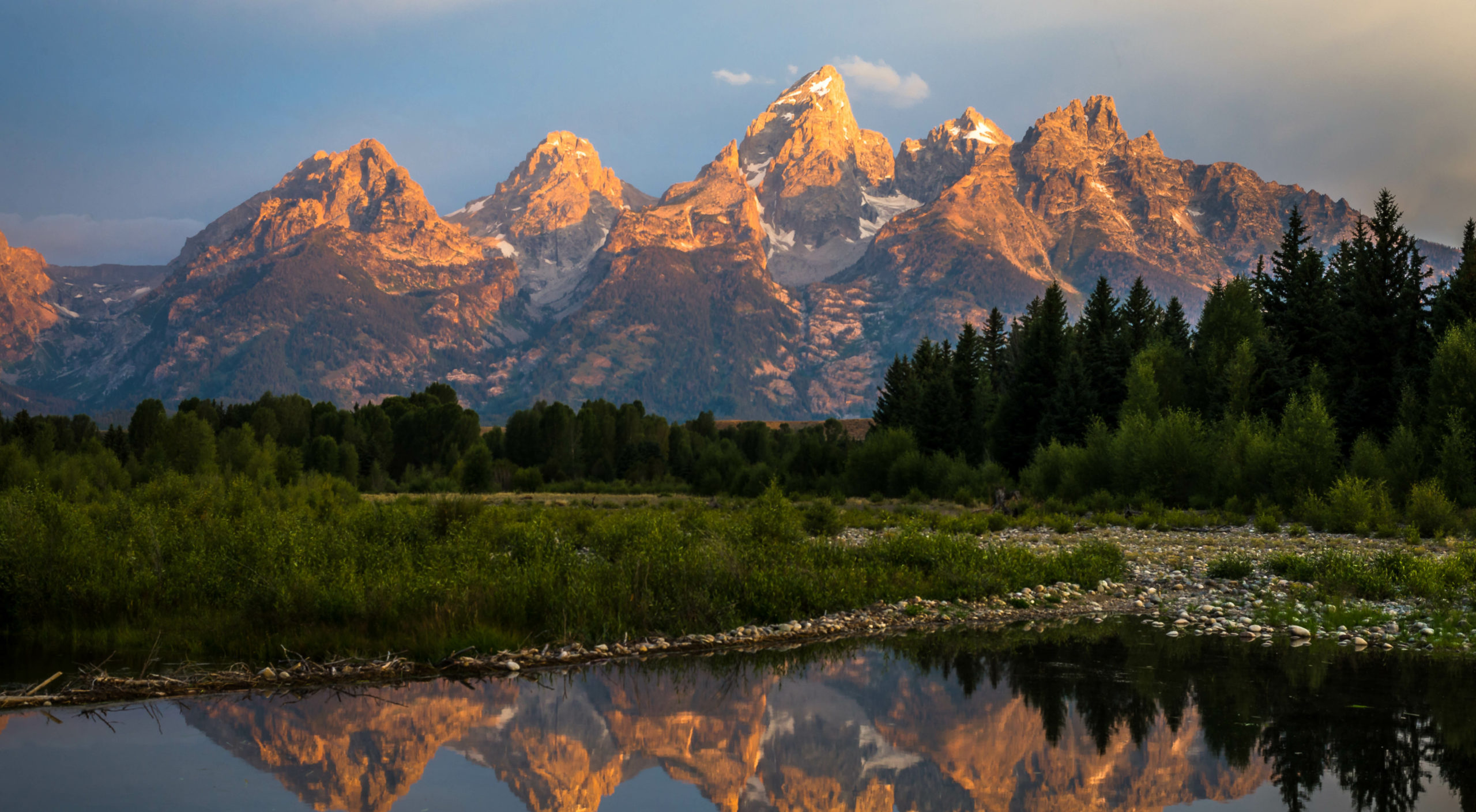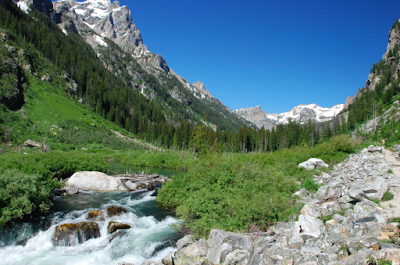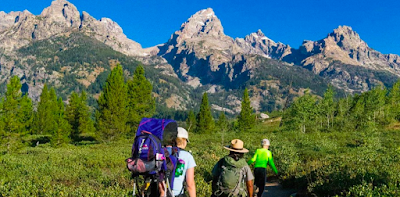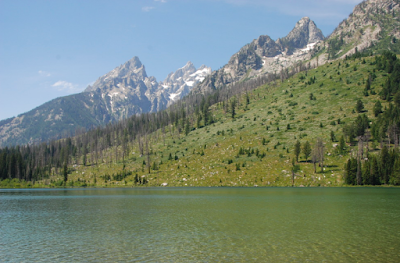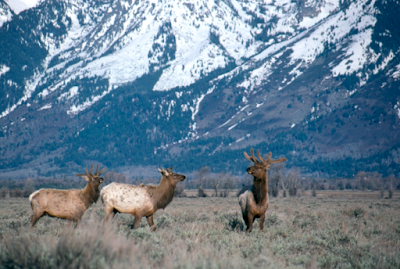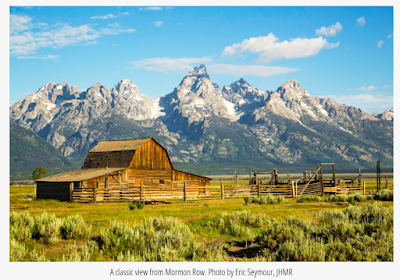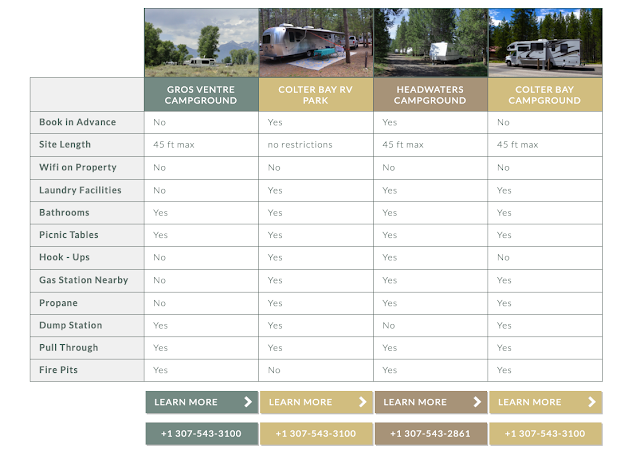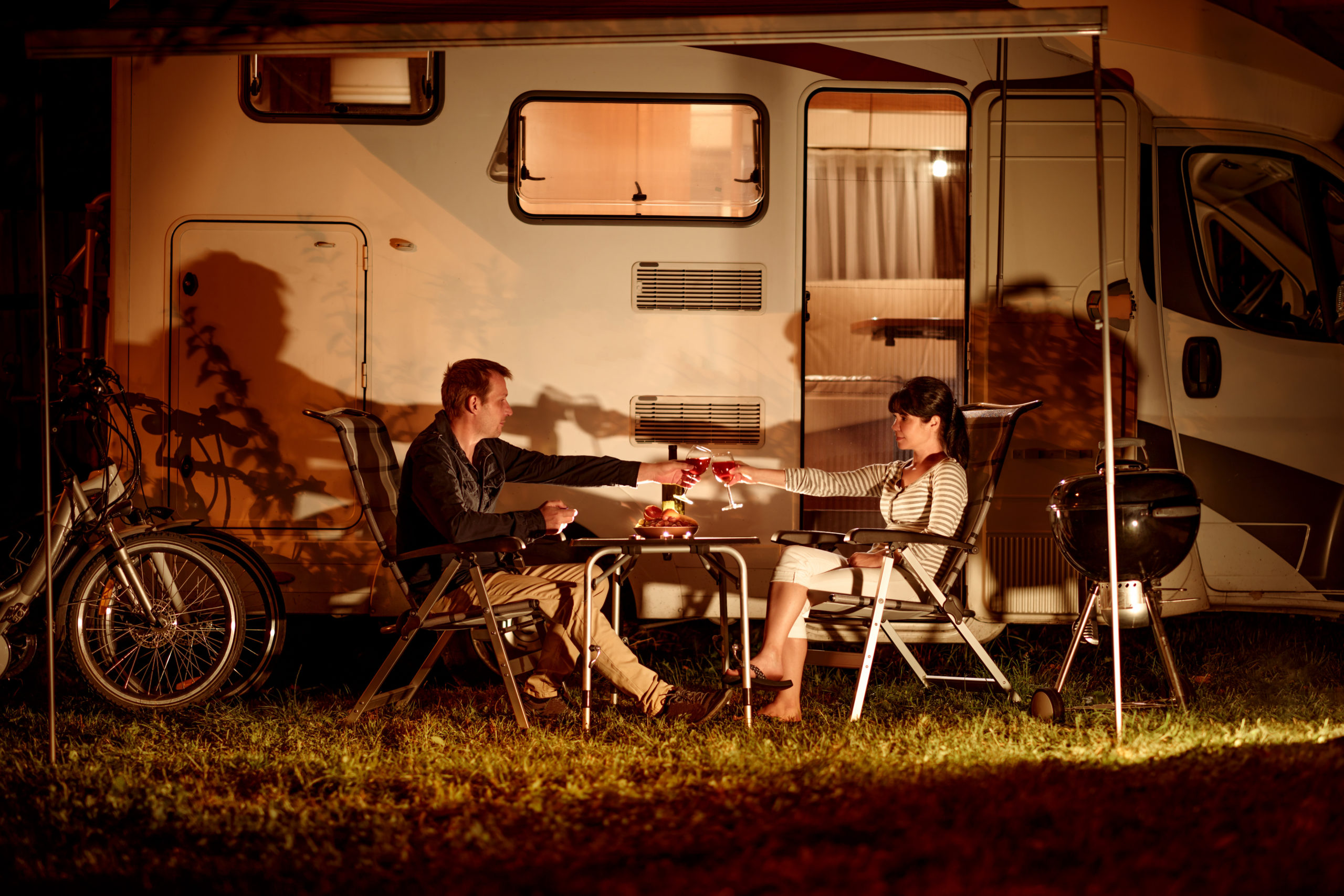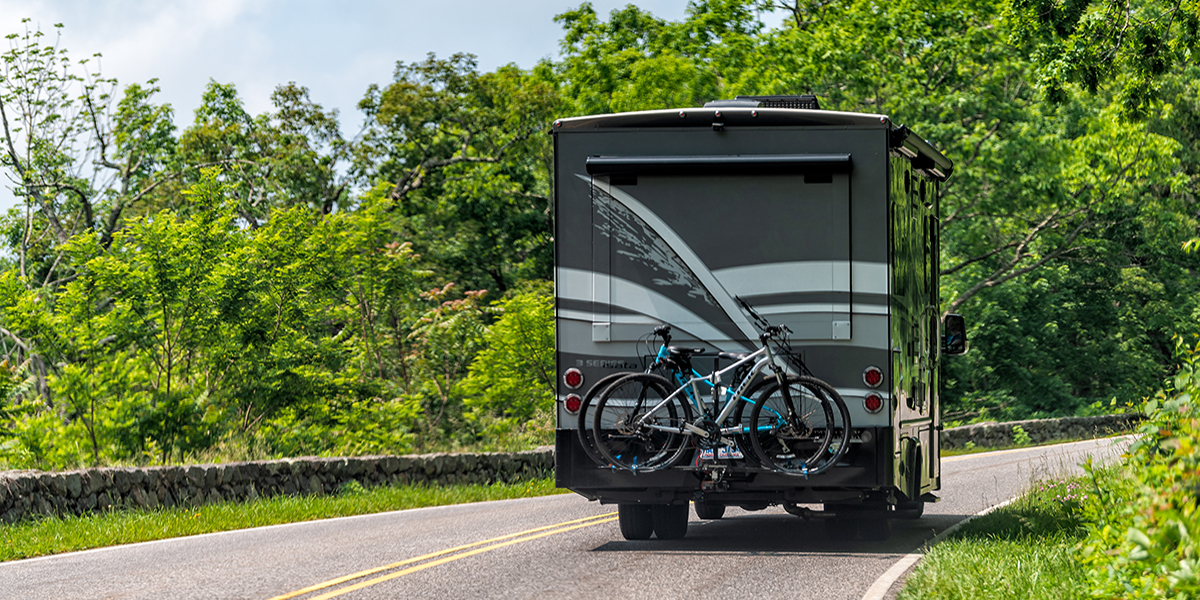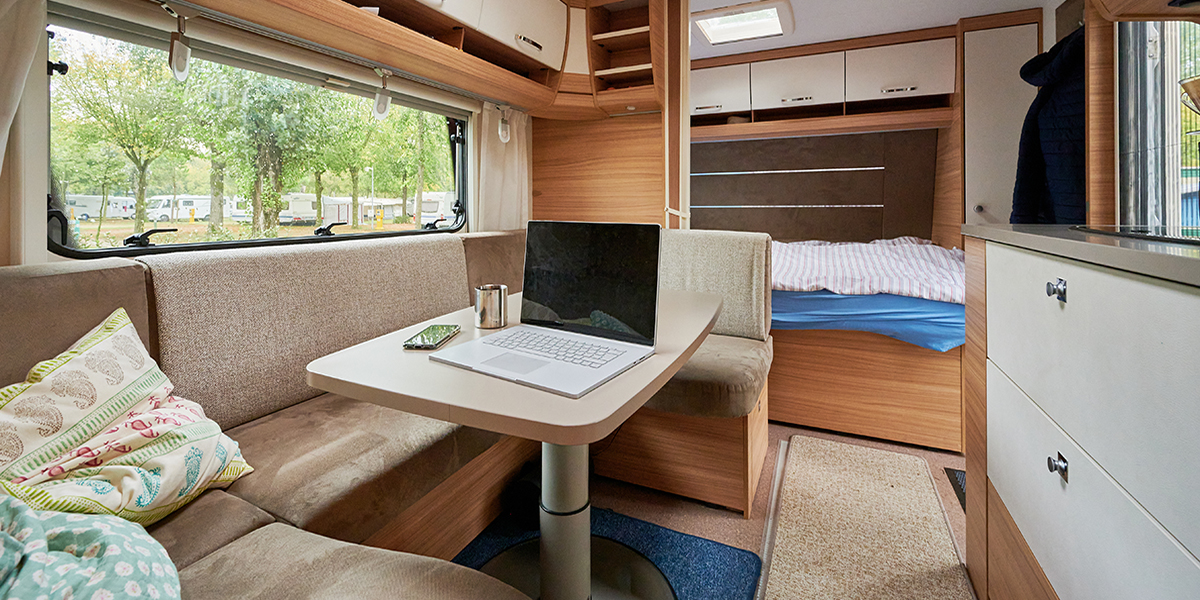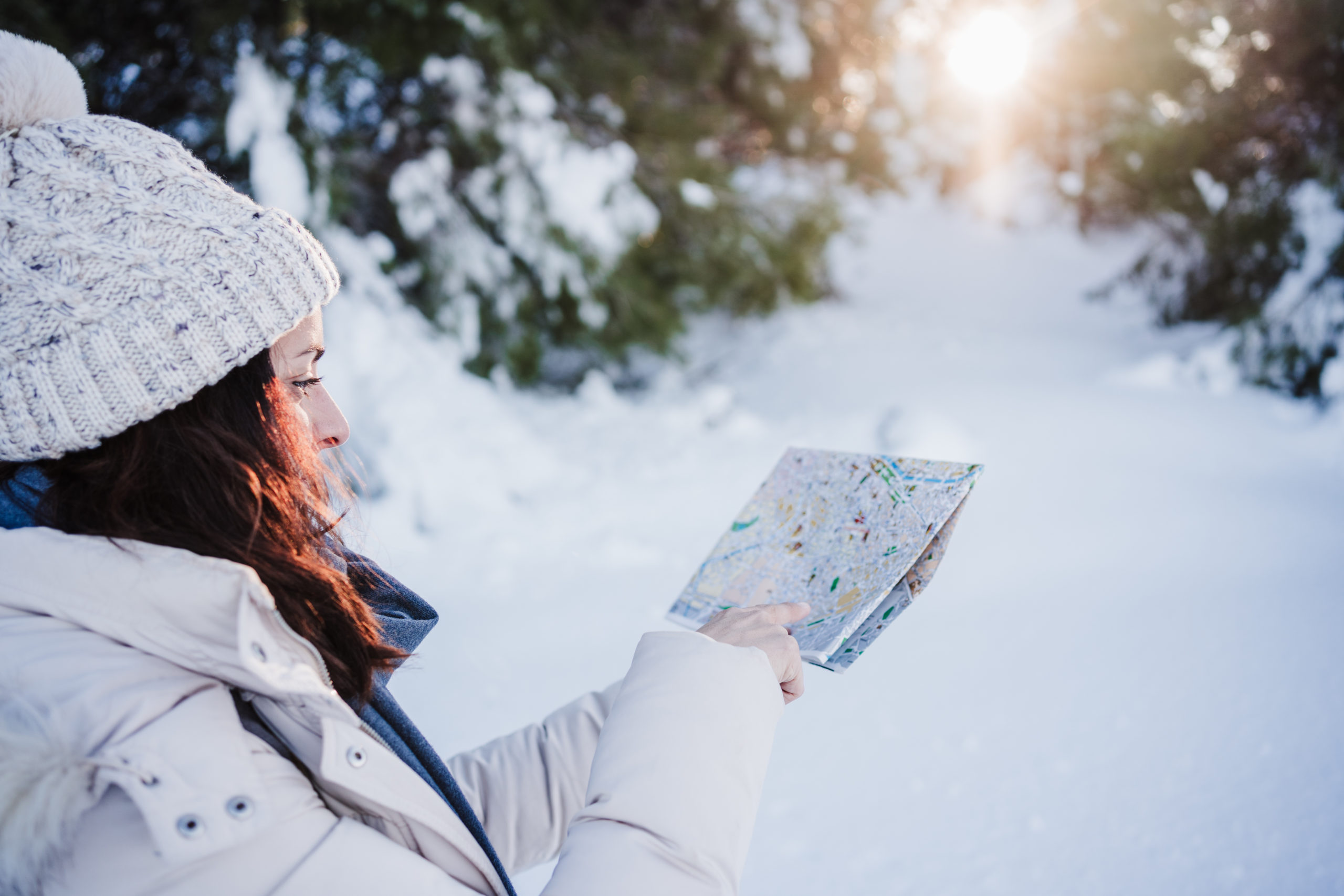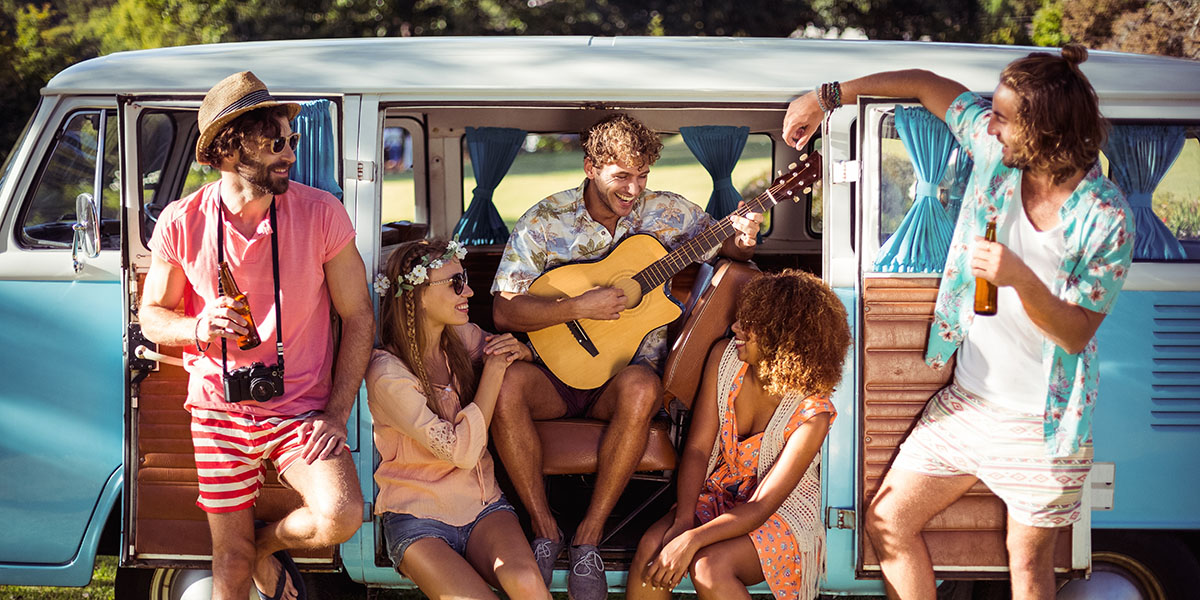Acadia National Park, Maine
This park is the oldest park east of the Mississippi River and is often referred to as the crown jewel of the North Atlantic Coast. In its entirety, this park encompasses more than 40,000 acres of land, giving you plenty of room to roam.
Where to go from there: Arches is in close proximity to a few of Utah’s other famous national parks known as the “Mighty 5”. We suggest checking out Zion, Bryce Canyon, Canyonlands, and Capitol Reef while you are nearby.
Why it made our list: Acadia National Park is quintessentially Maine. The park is lined by miles of jagged coastline and lighthouses – making it an ideal place for taking in ocean views.
Activities: Hiking, biking, swimming, boating, camping, ranger-led programs, and wildlife watching.
Where to go from there: We suggest checking out the town of Bar Harbor. It’s located on Maine’s Frenchman Bay and has lots of fun shops and restaurants to explore.
Great Smoky Mountains National Park, North Carolina & Tennessee
This is America’s most visited national park and is home to more than 100 species of trees and 1,600+ types of flowering plants. This park straddles the North Carolina/Tennessee border so if you’re trying to check a few states off your bucket list, Great Smoky might be just the place for you.
Why it made our list: If you’re looking for a mountain getaway, this is the national park we suggest. People come from across the country to take in its views, especially during the fall when the foliage is bright and beautiful.
Not to miss: Clingman’s Dome. This is the highest point in the park, standing at 6,643 ft above sea level. The observation tower boasts incredible 360° views for those who want to make the trek to the top. On a clear day, you can see for up to 100 miles across seven states.
Activities: Hiking, camping, fishing, wildlife watching, biking, viewing fall foliage, and ranger-led programs.
Where to go from there: The Blue Ridge Parkway is 469 miles long and considered “America’s favorite drive”. It’s adjacent to the park (in North Carolina) and you can break up the drive by taking in views of the Appalachian Highlands throughout.
Glacier National Park, Montana
This park has more than 700 lakes, a variety of waterfalls, two mountain ranges, over 1,000 plant species, and miles of trails. If you’re looking for adventure, Glacier has you covered.
Why it made our list: Glacier is known as “The Crown of the Continent” and for good reason – no matter where you go in the park, you’re sure to take in an incredible view.
Not to miss: Highline Trail. One of the most popular hiking trails in Glacier, this 11.8-mile hike follows the west side of the Continental Divide. There are options to hike only a portion of the trail, so don’t be deterred by the length.
Activities: Hiking, scenic driving, rafting, ranger-led programs, camping, and nature watching.
Where to go from there: The Waterton-Glacier International Peace Park is Glacier’s sister park and the scenic drive to the park is worth the trip – trust us.
Grand Teton National Park, Wyoming
Located in the northwest corner of Wyoming, this park is home to 310,000 acres of meadows, streams, and incredible views of the Teton mountain range.
Why it made our list: Grand Teton is known for its vast amount of hiking trails – 242 miles to be exact.
Not to miss: Mormon Row. This line of 6 uniform buildings settled in the 1890s by Mormons from the Salt Lake region is a famous/historic spot located in the southeast corner of the park.
Activities: Hiking, rafting, fishing, ranger-led programs, boating, wildlife watching, biking, and camping.
Where to go from there: Yellowstone National Park is only 10 miles south of Grand Teton National Park – so if you’re looking to hit two major parks on your trip, this is the place for you.
Arches National Park, Utah
Home to over 2,000 sandstone arches, the largest concentration in the country, this is one of the country’s most famous national parks.
Why it made our list: You can’t find a national park like this one anywhere else in the U.S. The thousands of bright orange and red sandstone arches are truly breathtaking, giving the park its own unique beauty.
Not to miss: Delicate Arch. This arch is the most famous and popular arch in the park, and also happens to be the park’s largest free-standing arch – and you’ll probably recognize it from Utah’s license plates. This is a popular photo-op spot that can’t be missed.
Activities: Hiking, camping, photography, nature watching, ranger-led programs, and scenic driving. Not to miss: Thunder Hole. When the tides are just right, the surf rushes into a narrow cavern and forces out air from beneath the cliffs, creating a thunderous sound.
